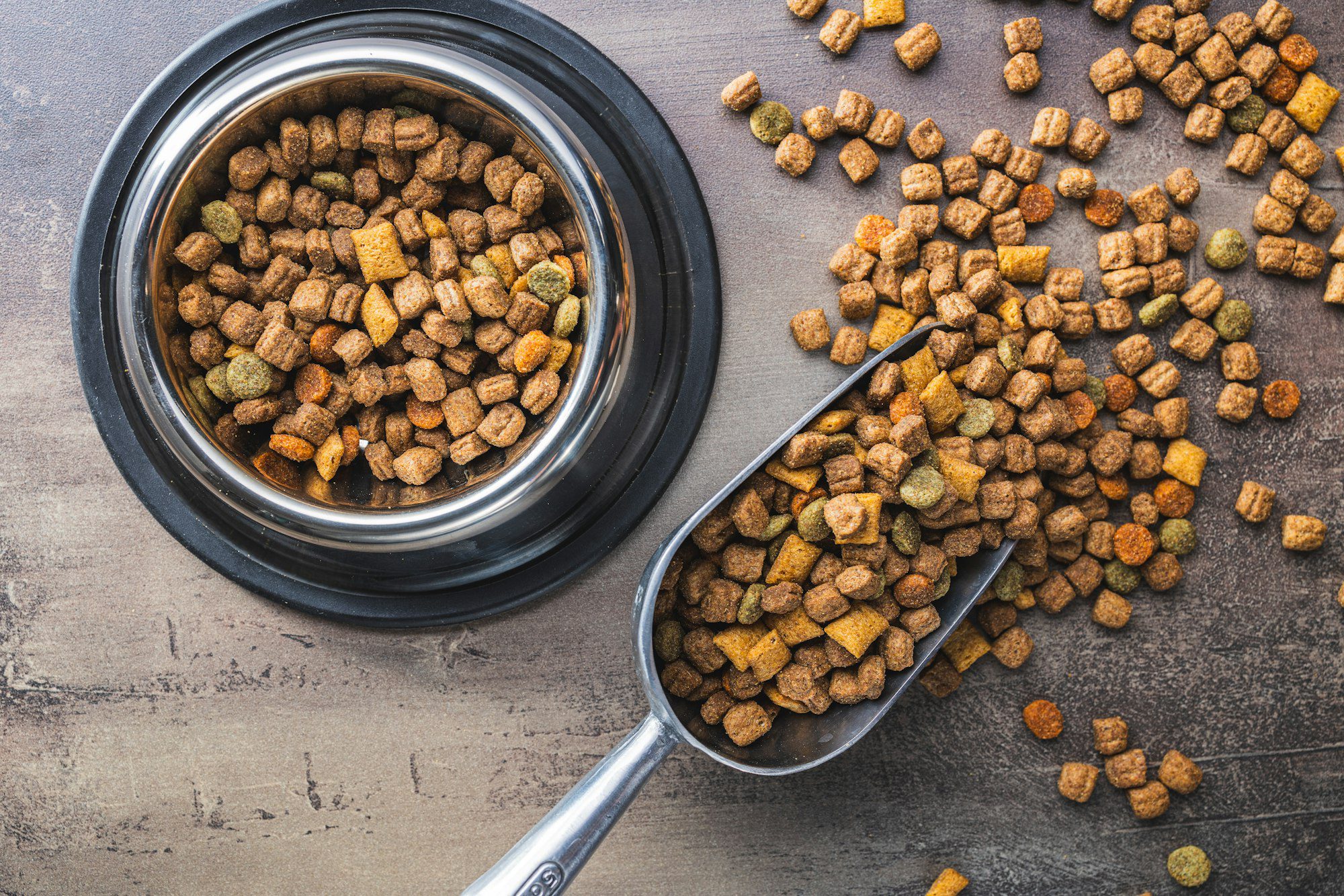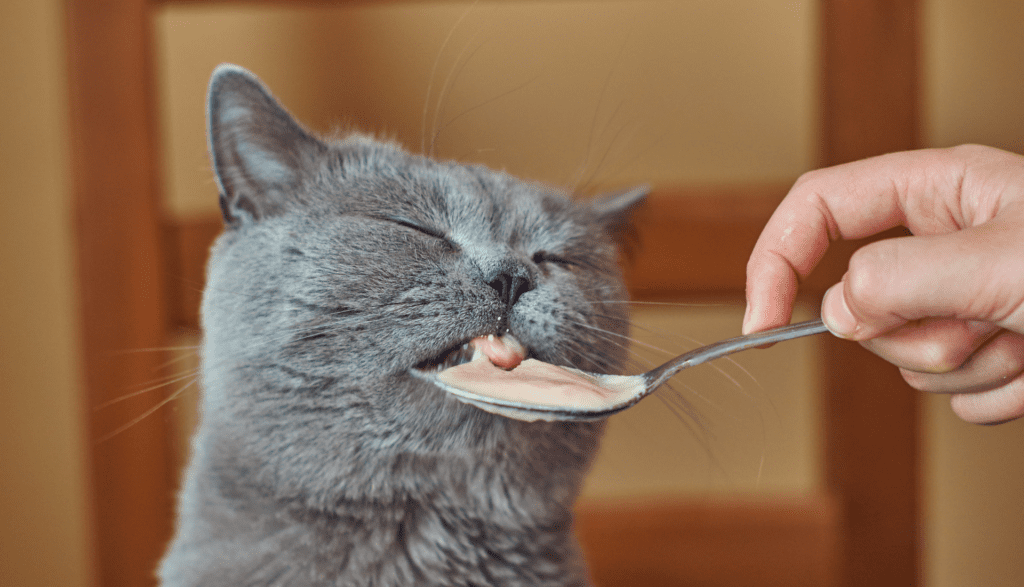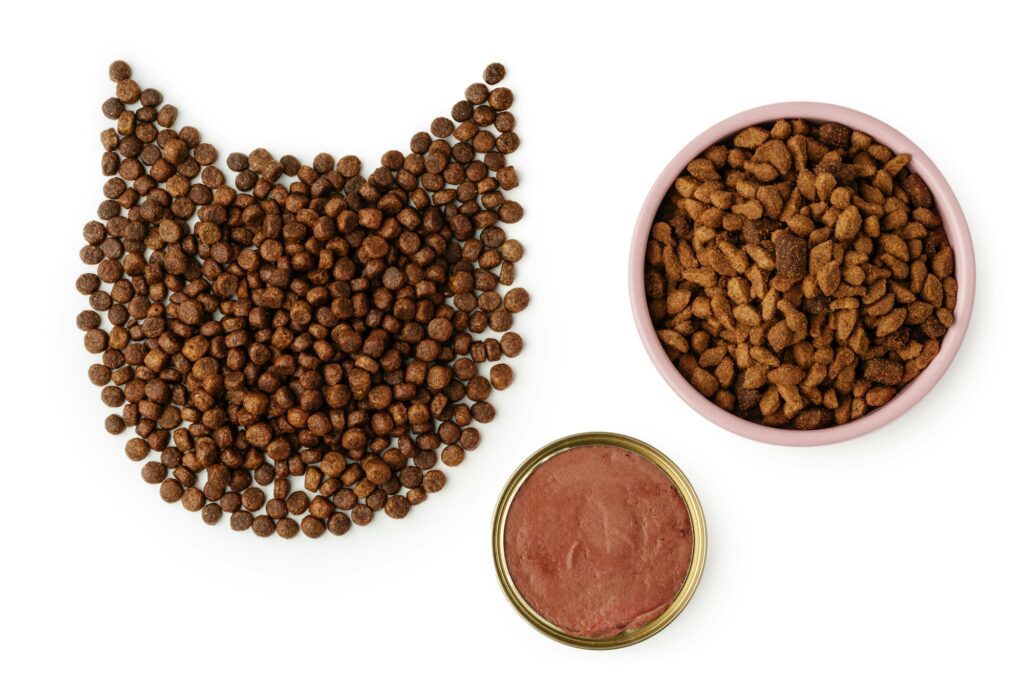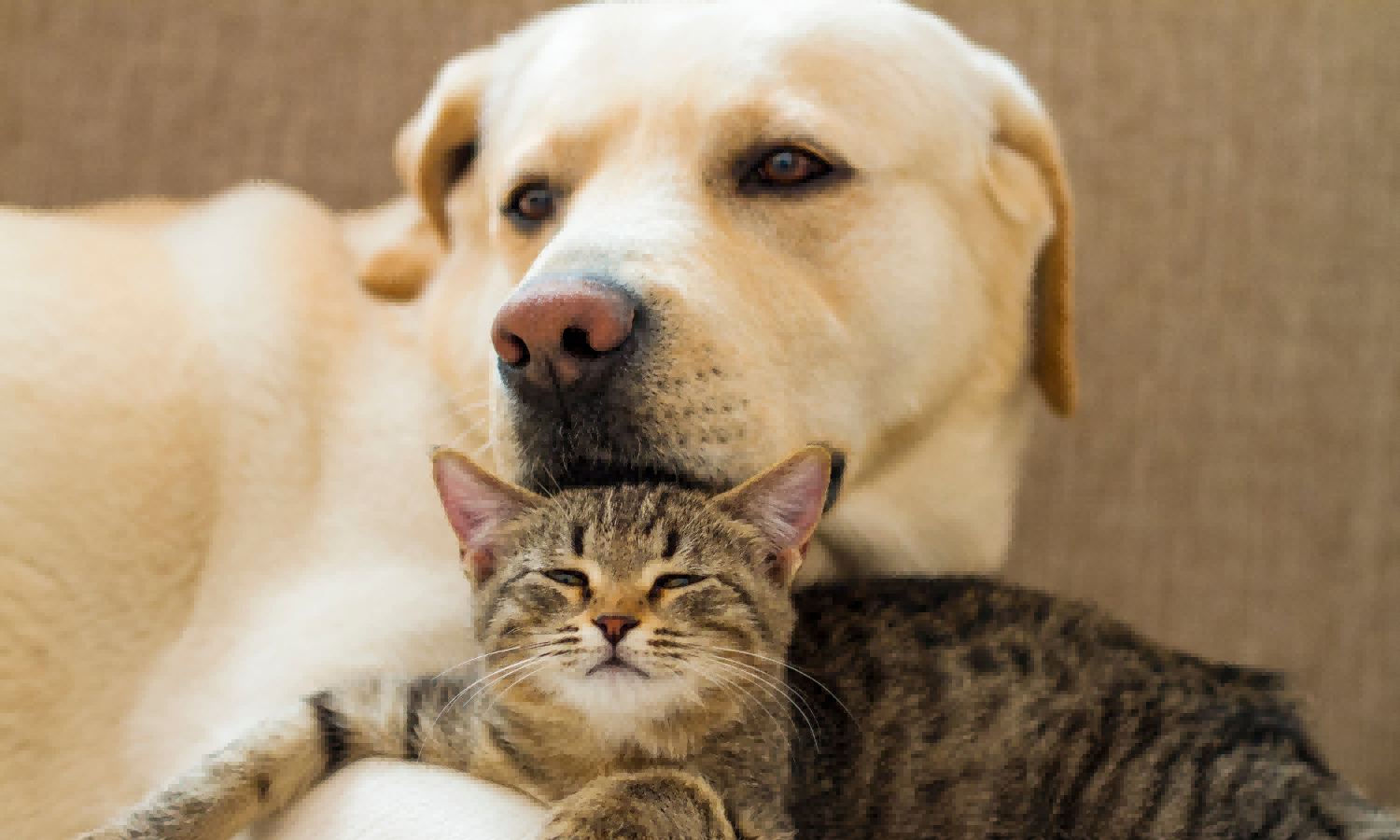Pet Food Production with Palatants
Introduction:
Pet food production is a dynamic and ever-evolving industry that continually seeks ways to enhance product quality and consumer satisfaction. One crucial aspect of this optimization process is the inclusion of palatants in pet food formulations.
Palatants are flavor enhancers designed to improve the taste and overall palatability of pet food, thereby ensuring that pets not only consume the necessary nutrients but also enjoy their meals. In this comprehensive discussion, we will delve into the significance of palatants in pet food production, exploring their benefits, types, and the impact on both manufacturing processes and consumer preferences.

Importance of Palatants in Pet Food:
- Enhanced Palatability: Palatants play a pivotal role in improving the overall taste and aroma of pet food. Pets, much like humans, are sensitive to flavors, and palatants contribute to creating a more appealing sensory experience. This increased palatability encourages pets to consume their meals enthusiastically, ensuring they receive the essential nutrients required for optimal health.
- Encouraging Consistent Consumption: Pets can be selective eaters, and their preferences may change over time. The inclusion of palatants helps maintain consistent consumption by addressing changes in taste preferences or dietary needs. This ensures that pets continue to enjoy and finish their meals, reducing the likelihood of selective eating behaviors.
- Masking Unpleasant Odors and Tastes: Some pet food ingredients may have inherent odors or tastes that pets find unappealing. Palatants are designed to mask these undesirable characteristics, making the food more palatable for pets. This is particularly important when formulating pet foods with specific nutritional components that might be crucial but less palatable on their own.

Types of Palatants:
- Natural Palatants: Natural palatants are derived from natural sources such as meat, poultry, or fish. These palatants mimic the flavors that pets instinctively crave. Incorporating natural palatants aligns with the growing consumer demand for minimally processed and natural pet food options.
- Synthetic Palatants: Synthetic palatants are created using chemical compounds to replicate specific flavors. These palatants provide a more controlled and consistent flavor profile, allowing manufacturers to fine-tune the taste of pet food formulations. Additionally, synthetic palatants can be more cost-effective and offer greater versatility in formulation.
- Combination Palatants: Many pet food formulations utilize a combination of natural and synthetic palatants to achieve a well-balanced and enticing flavor profile. This approach capitalizes on the strengths of both types, providing a broader range of flavors and aromas to satisfy diverse pet preferences.

Impact on Manufacturing Processes:
- Formulation Flexibility: The inclusion of palatants in pet food formulations provides manufacturers with greater flexibility in creating well-balanced and nutritious products. Palatants allow for the incorporation of essential nutrients without compromising on taste, ensuring that pets receive a complete and palatable diet.
- Quality Control: Palatants contribute to the overall quality control of pet food production. By enhancing palatability, manufacturers can reduce the likelihood of batch rejections or returns due to pets refusing to eat the product. This helps maintain consistency in product quality and customer satisfaction.
- Product Differentiation: In a competitive market, pet food manufacturers are constantly seeking ways to differentiate their products. The strategic use of palatants enables companies to create unique and appealing flavor profiles, setting their products apart from others in the market. This differentiation can be a key factor in attracting and retaining customers.

Consumer Preferences and Satisfaction:
- Pet Owner Satisfaction: The ultimate goal of pet food production is to satisfy both pets and their owners. When pets enjoy their meals, it contributes to the overall satisfaction of pet owners, fostering brand loyalty. Palatants, by enhancing the palatability of pet food, play a crucial role in ensuring that pets look forward to mealtime, positively influencing the overall owner-pet relationship.
- Trends in Premium and Functional Pet Foods: As pet owners increasingly prioritize the health and well-being of their pets, the demand for premium and functional pet foods is on the rise. Palatants can be used to enhance the taste of specialized formulations, such as those with added vitamins, minerals, or supplements, contributing to the success of premium pet food offerings.
- Addressing Special Dietary Needs: Pets with specific dietary needs or restrictions may require specialized pet food formulations. Palatants are instrumental in making these formulations palatable, ensuring that pets with dietary restrictions still enjoy their meals while receiving the necessary nutrients.

Conclusion:
In conclusion, optimizing pet food production with palatants is a multifaceted approach that positively influences both manufacturing processes and consumer satisfaction. The inclusion of palatants enhances the palatability of pet food, encouraging consistent consumption, and addressing the evolving preferences of pets.
Manufacturers benefit from increased formulation flexibility, quality control, and the ability to differentiate their products in a competitive market. Ultimately, the strategic use of palatants contributes to the creation of high-quality pet foods that meet the nutritional needs of pets while delighting their owners.













